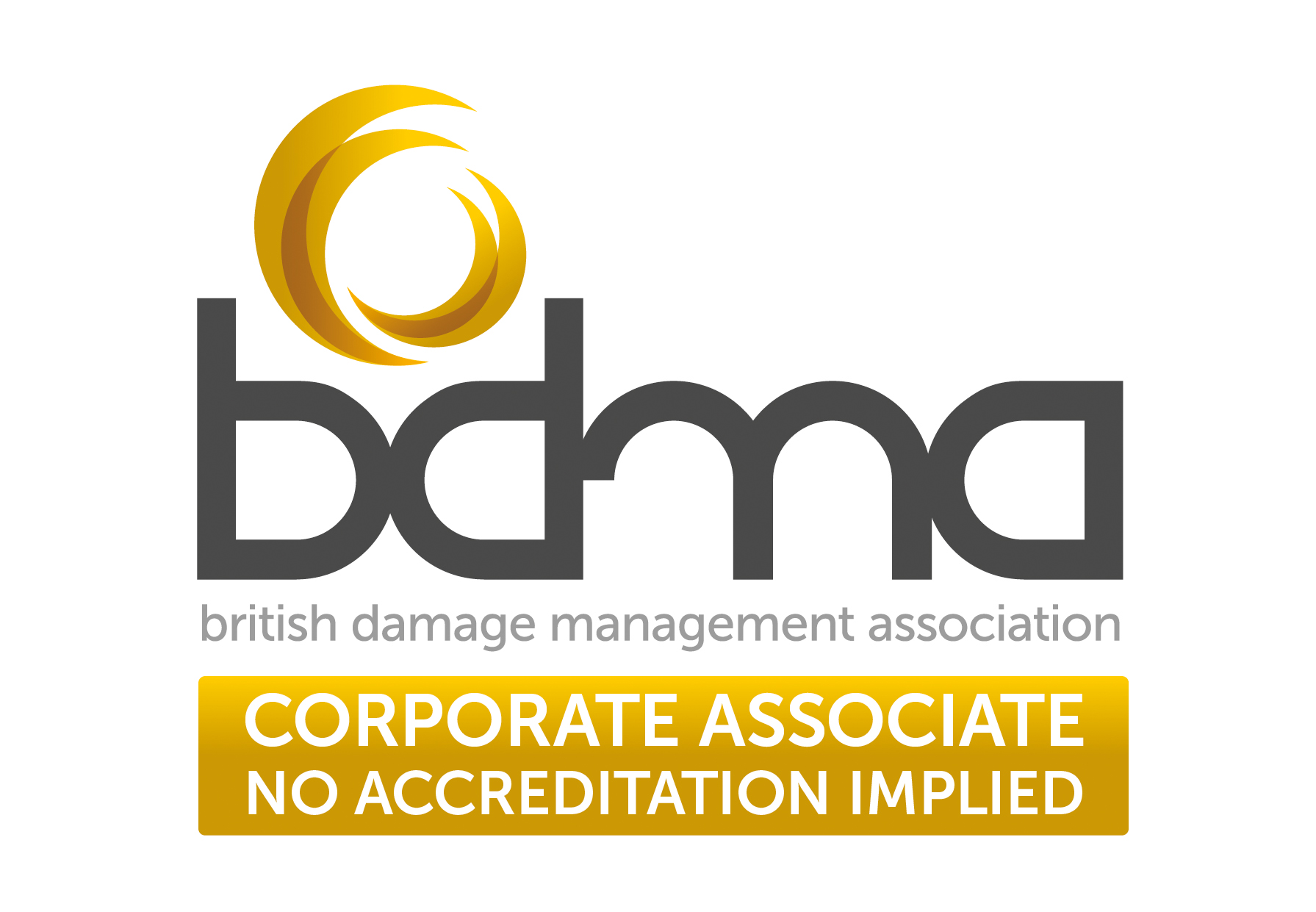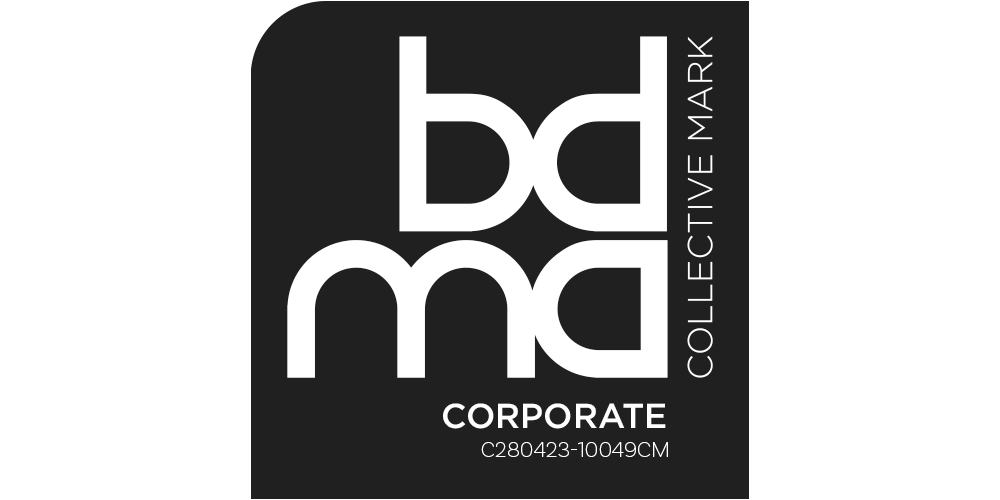When a building experiences water damage there are a number of areas that can be affected. There is also the danger that damp and moisture can become trapped within the construction layers of the building which can lead to a number of potentially expensive problems later on. It is therefore important that all areas of the property are thoroughly dried in order to mitigate any secondary damages.
In this article we will look at how damp and moisture levels can be identified. As well as state of the art drying methods which can be used to dry out a building. These can help keep costs to a minimum by reducing the amount of strip out works required. These methods can therefore also reduce the amount of time it takes to dry the building.
There are many reasons why a building can experience a flood, such as a sewage back up, external ingress of water or burst pipes and water tanks. When a building is flooded, the water often finds its way under the floors and into wall cavities. The damage this can cause may require major strip out works to be carried out. However by using advanced drying methods, the likelihood of strip out works being required can be significantly reduced.
Water finding its way into wall cavities and under floors can mean the level of water damage can be unclear on first inspection. Trapped moisture can rot building materials and cause mould which can cause devastating damage to the structure of a building. A simple solution to understand the level of damp and moisture within a building is a damp and moisture survey.
What is a Damp and Moisture Survey?
A Damp and Moisture Survey can be really useful to check for damp and moisture which may not be obvious. It is used to determine all areas that are affected. A full internal and external inspection is carried out, this will be non intrusive, unless otherwise requested.
During the survey, moisture meters, thermal cameras and drones are used. As well as salt testing kits, calcium carbide testers and air and surface sampling for mould. These will all help identify the damp, moisture and mould levels.
A detailed report is produced at the end of the survey along with a solution to deal with the damp and moisture in the building.
At Flood Doctor, we offer a comprehensive Damp and Moisture Survey. We also have years of knowledge and experience to allow us to expertly apply different advanced drying methods. Advanced drying methods include Suction Drying, Injection Drying, Flood Joist Drying, Plastic Enclosure Drying, Room Dehumidification and Construction Dehumidification. These methods can be used alone or in combination to thoroughly dry out a residential or commercial property of any size.
What is Suction Drying?
This is usually the first method of drying used when drying a building. Firstly, water is sucked out of a void, whether that is under the floor or in the wall cavities. A dehumidifier is then used to dry the air in a room. That air is then forced via a hose into the walls and floors through holes drilled specifically for this purpose. The damp air is then sucked out of the construction and exits through the room via a turbine.
Suction drying has the added benefit of a filter which prevents dirt particles from being sucked into the machine along with the damp air.

What is Injection Drying?
Injection Drying, also known as Pressure Drying is a simple and effective drying method. Warm, dry air is forced into construction layers through holes drilled into the construction. This warm dry air thoroughly dries all materials and the damp air is forced back into the room which is sucked into a dehumidifier and dried.

What is Floor Joist Drying?
As the name would suggest, this method is used to dry insulation in floor joists, as well as stud wall and cavities. Large quantities of dry air are produced using a pressure fan and a dehumidifier. This air is forced into the construction through hoses drying the entire framework.

What is Plastic Enclosure Drying?
Plastic Enclosure Drying is often used to speed up the drying process. It allows you to target key areas that have experienced water damage. The surface is wrapped in plastic sheets and a dehumidifier is used to blow dry air under the plastic sheet. Warm air can also be used to speed up the drying process even further.

What is Room Dehumidification?
Room Dehumidification is used to quickly dry individual rooms which have experienced water damage.
This method can be used before some of the other more complex methods.
A dehumidifier is used to blow dry air into the room, drying all surfaces and removing any excess moisture. Care is taken to protect sensitive materials and objects.

What is Construction Dehumidification?
During construction or renovation, it is vital that the humidity in the building is controlled. This is done to ensure that moisture does not become trapped, causing damage to the structure of the building.
According to Corroventa, a survey regarding claims connected to newly built houses, showed the highest proportion of faults were related to moisture damage. This is caused by poor dehumidification during construction.
In between each stage of construction, a lot of materials will need to dry out before the next stage can begin. Dehumidifiers can be used to speed up the drying time, which will in turn speed up the construction process.
The dehumidifiers can be placed inside or outside of the building.
Flood Doctor uses the Corroventa Supervision Remote Monitoring system to monitor the drying without having to attend the property.

What is the Corroventa Supervision Remote Monitoring system?
This system allows the features and controls of the drying equipment to be remotely monitored and controlled.
This reduces the number of onsite visits technicians need to make, saving customers time and money.
Drying strategies can be quickly and easily amended. For complete transparency, Flood Doctor allows their customers access to this system, so they are well informed and kept up to date with any decisions made regarding the drying of the building.
If you have experienced water damage, contact us today for a free, no obligation estimate and to arrange a site survey.








